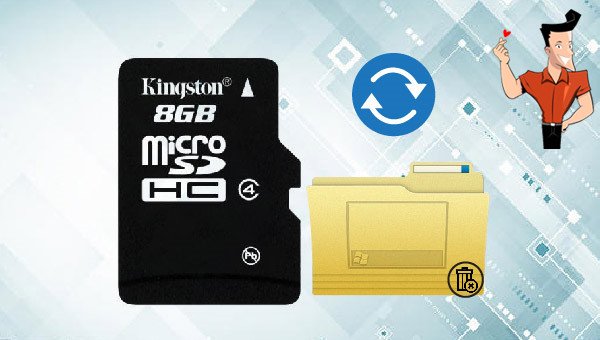

If you chose to mail the microSD card in with the phone, I highly recommend formatting your card. Now that the data has been backed up, we can move on to formatting the microSD card.įormatting is not necessary, as the card is staying with you. Once this step is completed, make sure all the data is there by going into the new folder and making sure the data matches up.Now copy the contents of the microSD card to your new desktop folder by dragging the folder or by right-clicking (copy and paste) to move the data over to your computer this process can take up to 10 minutes, depending on the size of your memory card and the speed of your computer.At this point, create a folder on your desktop and give it a name (right-click>new folder).Once the computer has detected the reader, a folder containing all of your card data should show up onscreen. Next, plug the reader into the USB port on your Mac or PC.Insert the microSD card into the reader as per the instructions that accompany your card reader.I have always liked SanDisk brand readers, but feel free to get whatever brand you like. There will be many options available from retailers such as Amazon, Staples, and Best Buy.The first thing you will need is a microSD card reader.So be sure to back up your data! I recommend that Android users should periodically back up their microSD cards just in case of memory loss, accidental damage, or phone loss/theft.

When you format your memory card, you’re going to lose all of the data it contains. The good thing about removable storage is that you can easily move all your files to your new handset via the microSD card. This guide will show you how to back up and format micro SD card Android for your Galaxy smartphone. There are different ways to back up and format a memory card. A MicroSD card is a tiny memory-storage card used in cameras, smartphones, and GPS devices.


 0 kommentar(er)
0 kommentar(er)
